from ball to light
translated with Goggle traduction
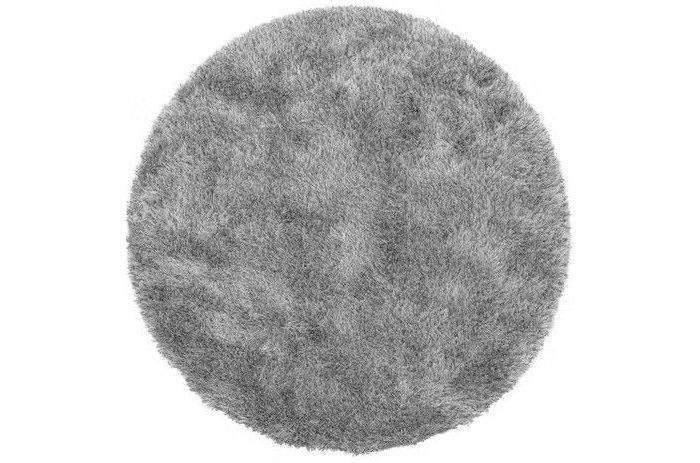 how the Luchrones emerged from the Ball
how the Luchrones emerged from the Ball
There have always been dogs in my family. Is that why my attempt at robotics ultimately produced a ball of hair? And by what miracle did Gérard Monnier, my Art History professor, accept such a curious master’s thesis? As useless as it was uncontrollable—thus without a keyboard or remote control—my hairy Anti-Machine followed me from Aix-en-Provence to Paris.
1980: Télérama journalist Dominique Pellegrin visits the workshop. “La Boule” is sleeping in her playpen. I set the Anti-Machine to a cat’s schedule: she sleeps most of the time to save her batteries. This has the disadvantage of remaining inert when I have visitors. I prefer to say that this is absolute proof of her autonomy.
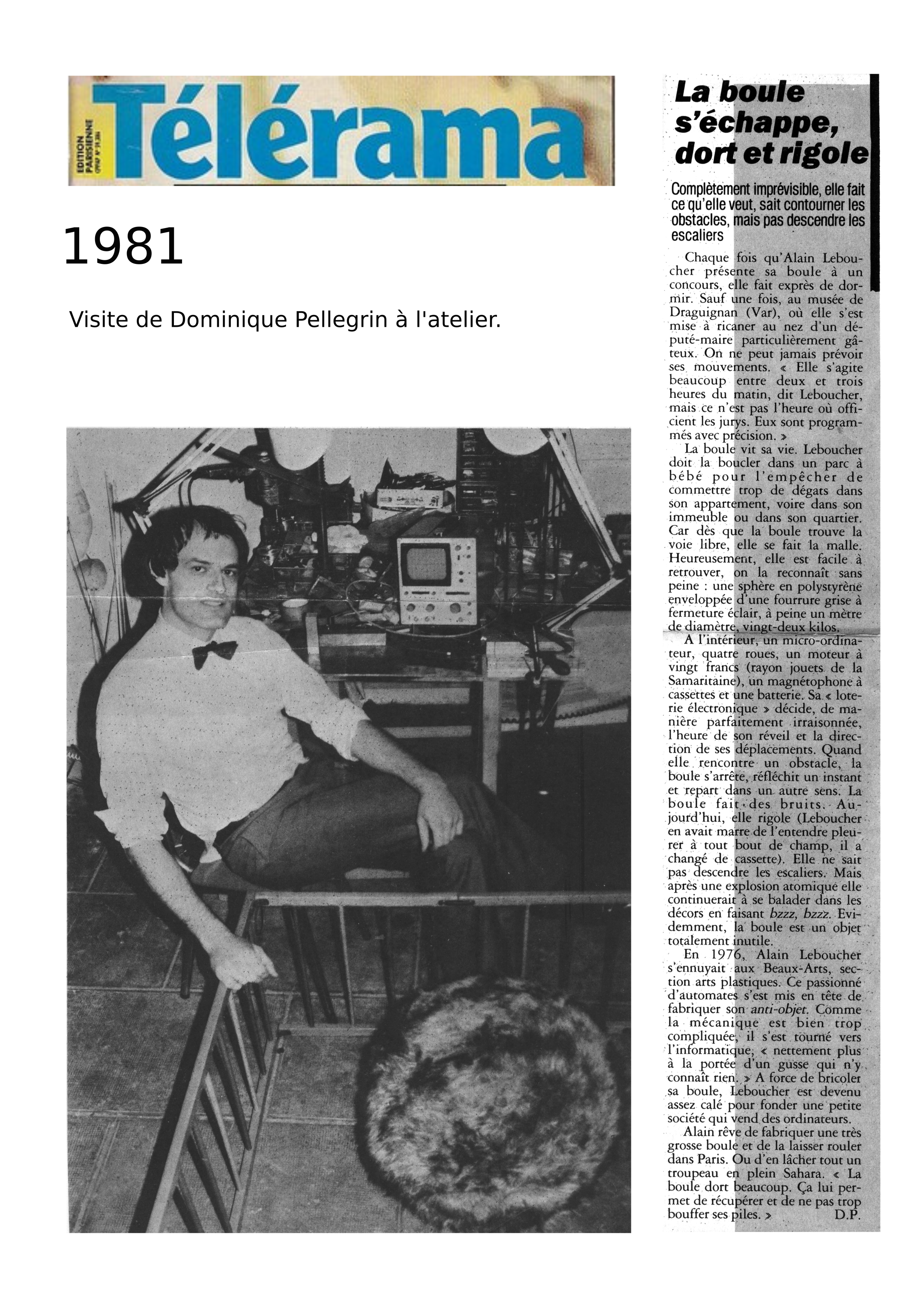 The toy section for salvaging mechanisms is cheap. But it’s not sturdy either. The plastic gears wear out, the axles come loose, the batteries run out.
The toy section for salvaging mechanisms is cheap. But it’s not sturdy either. The plastic gears wear out, the axles come loose, the batteries run out.
The most successful random feature of my ball? It’s the succession of its breakdowns.
Only the electronic part holds up. And it remains affordable. Knowledgeable people tell me that if electronics stay cool, they’re probably unbreakable, so I choose my components so they don’t get hot.
In Asimov’s novels, the mechanics of robots work well; it’s what the machines “think” that poses a problem for Suzan Calvin. But in my world, even with simple mechanisms, I can’t get anything done.
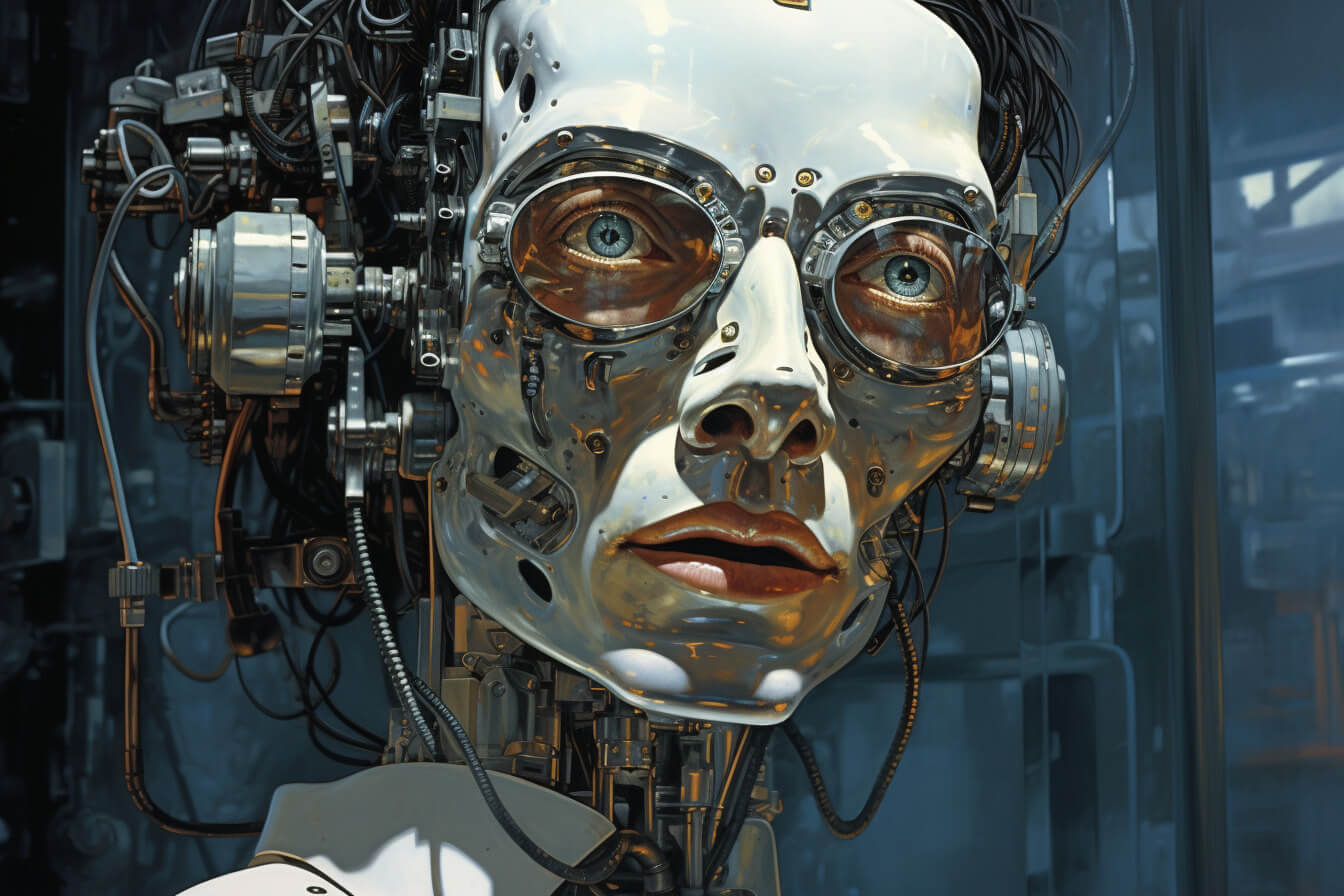 an illustration from “I Robot” by Isaac Asimov
an illustration from “I Robot” by Isaac Asimov
What if I gave up on mechanics?
I have a feeling that tiny circuits can do great things, but I’m still influenced by my readings on robotics. It’s not so easy to let yourself be guided by a future yet to be imagined.
But maybe that’s what being an artist is all about.
With light, a continuously electric world opens up for me - no vibrating motors or jamming gears.
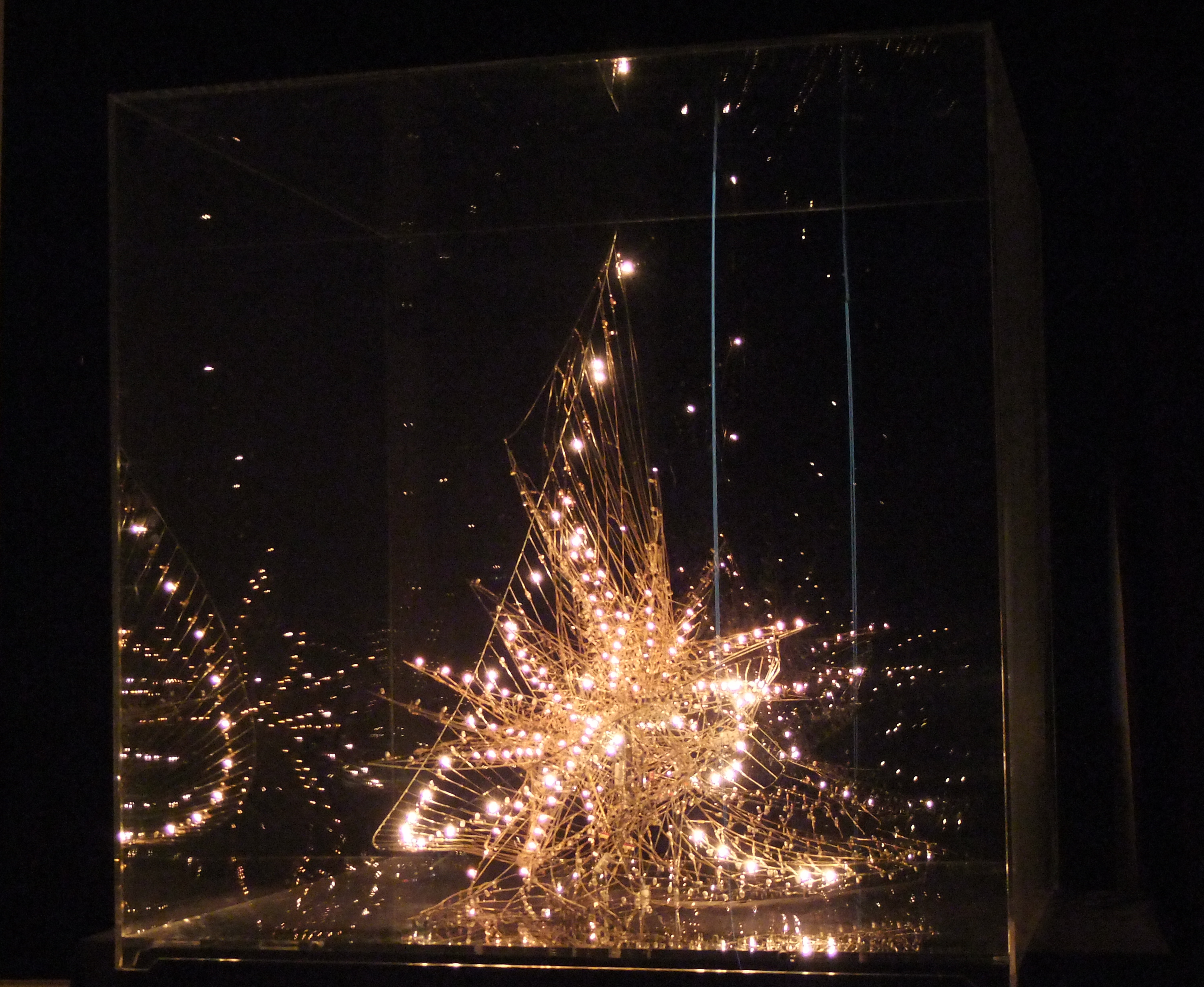 Ludwig Van’s Ear: hundreds of lamps organized into three movements of silent music
Ludwig Van’s Ear: hundreds of lamps organized into three movements of silent music
From computing to lamps, then to LEDs, energy travels. It simply changes appearance. Chips and LEDs are from the same family. All that silicon is made to communicate.

from light bulbs to LEDs
Until 2011, the golden light of incandescent lamps shone in my Luchrones.
No “quantum” effect: glass, a bit of metal, and a filament that is heated to the maximum until it glows.
Compared to LEDs, it’s simple.
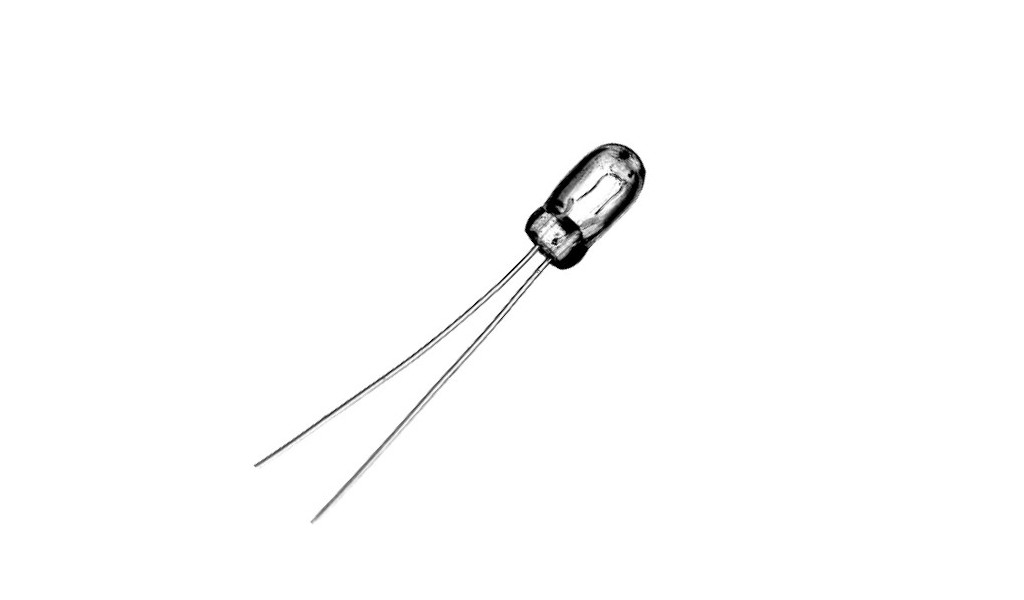
Two drawbacks: high power consumption and a short lifespan of around 1,000 hours. Since they heat up, they don’t last.
I unearthed some NATO bulbs. The continuous life expectancy of these military lamps exceeds three years. I expect this to triple with reduced voltage. The result: a warm light and operation lasting more than 30 years, as seen on my first Luchrones.
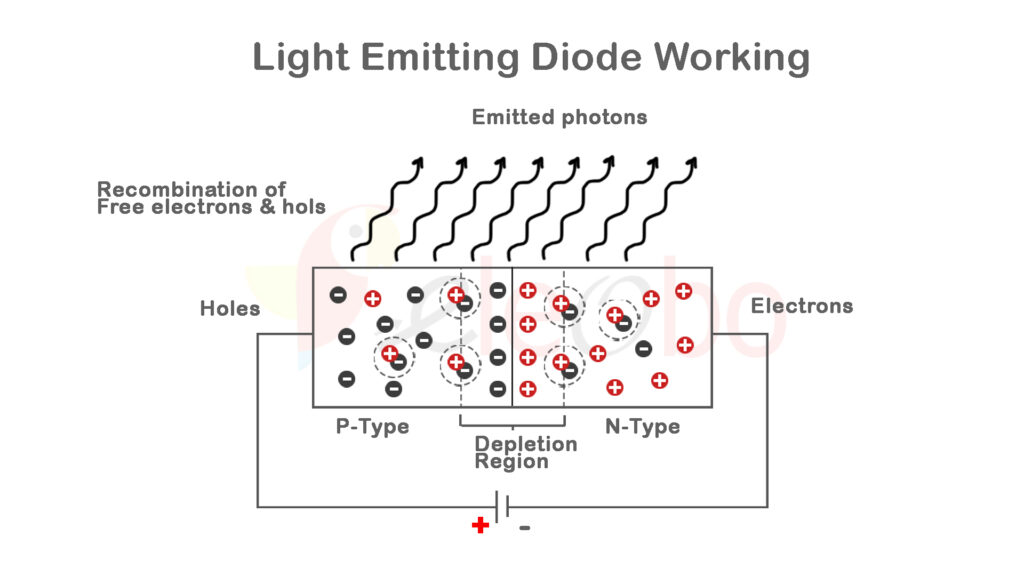
At the risk of giving you a headache, I’ll take the liberty of copying the explanation of how LEDs work: “At the junction interface, electrons recombine with holes. That is, the majority of electrons coming from the N-doped material lose energy and fall into the valence band because it is not completely filled with electrons. The valence band has a concentration of holes, in other words, “absences” of majority electrons coming from the P-doped material.”
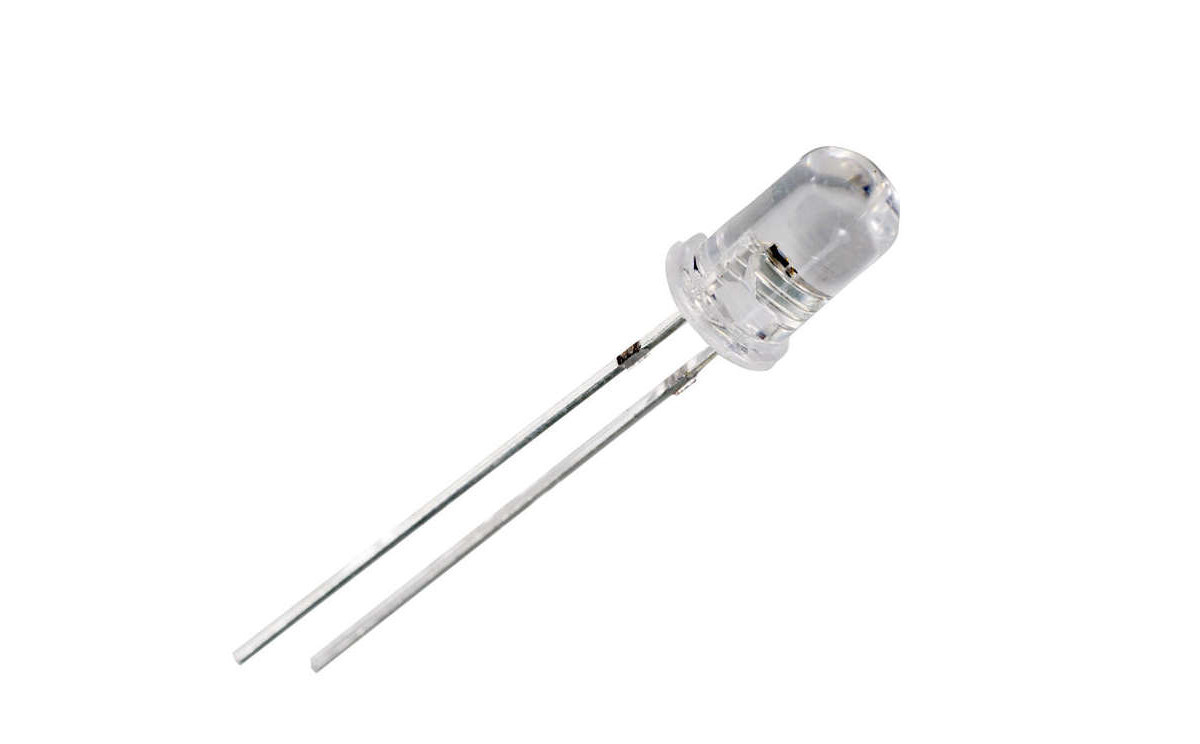
There are two main differences with lamps: the ignition time is instantaneous (1/1000000 of a second), and the light from LEDs is crystalline. I’m leaving the warm light of a candle for the slightly icy light of stars.

This appeals to my amateur astronomer side.
Of course, there’s a drawback: LEDs emit in a specific direction. The end is curved like a magnifying glass. And for me, that’s a big problem. A lamp radiates in all directions; but conversely, an LED is designed to only illuminate within a more or less narrow angle. This is perfect for a panel or a screen, but it’s awkward for a structure, a sculpture.
This requires me to flatten each LED one by one, rubbing it with sandpaper to remove the small magnifying glass by hand. Even the components of the Luchrones are “re-made by hand.”